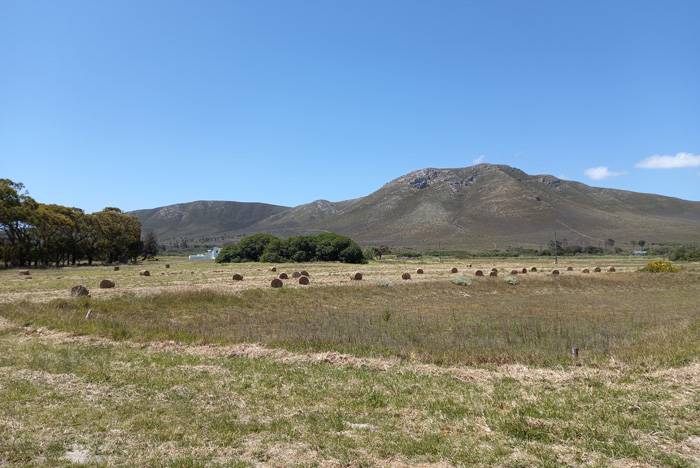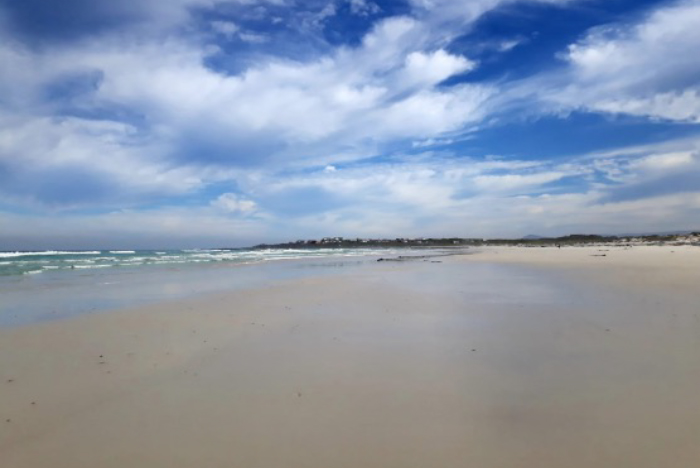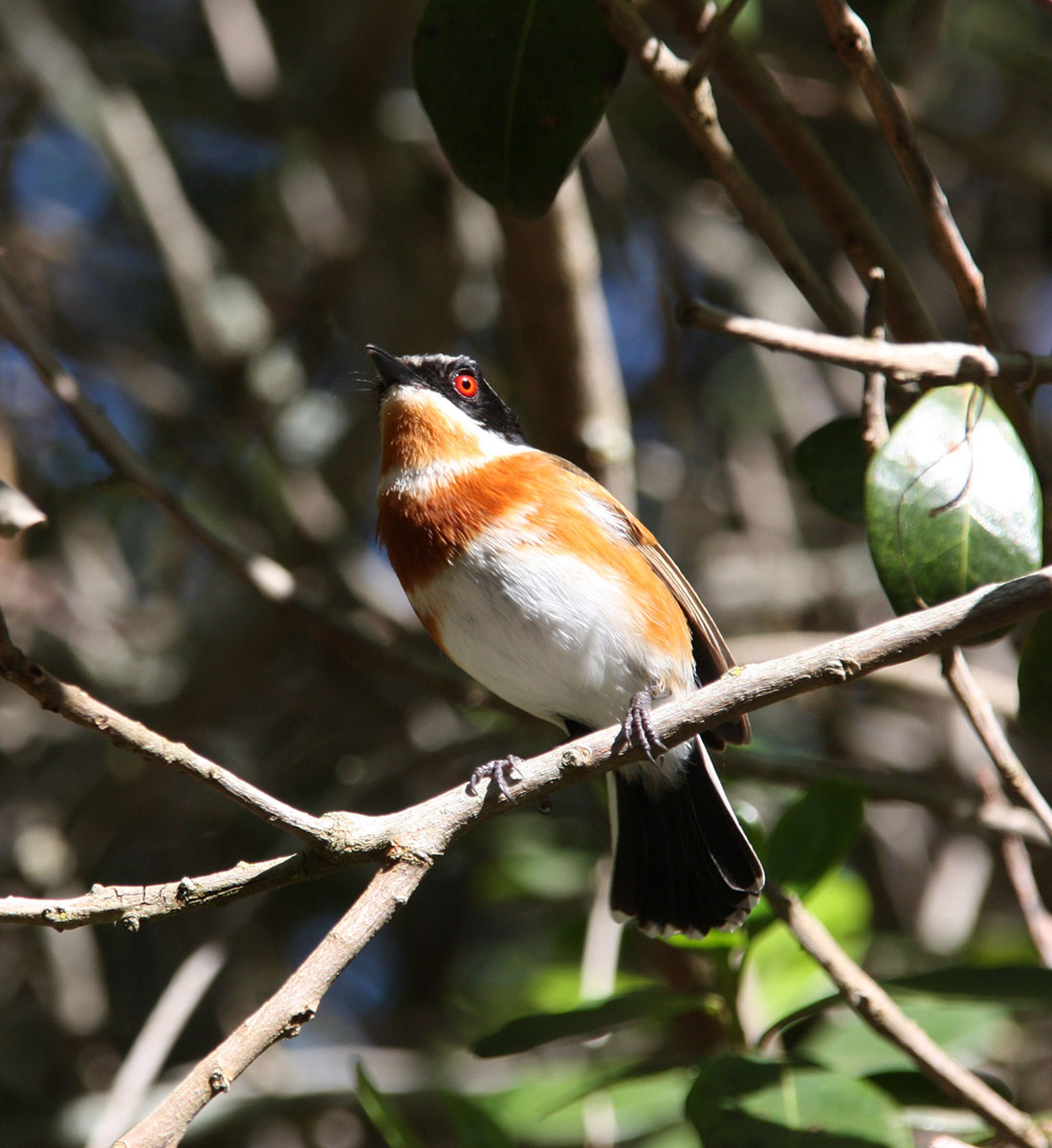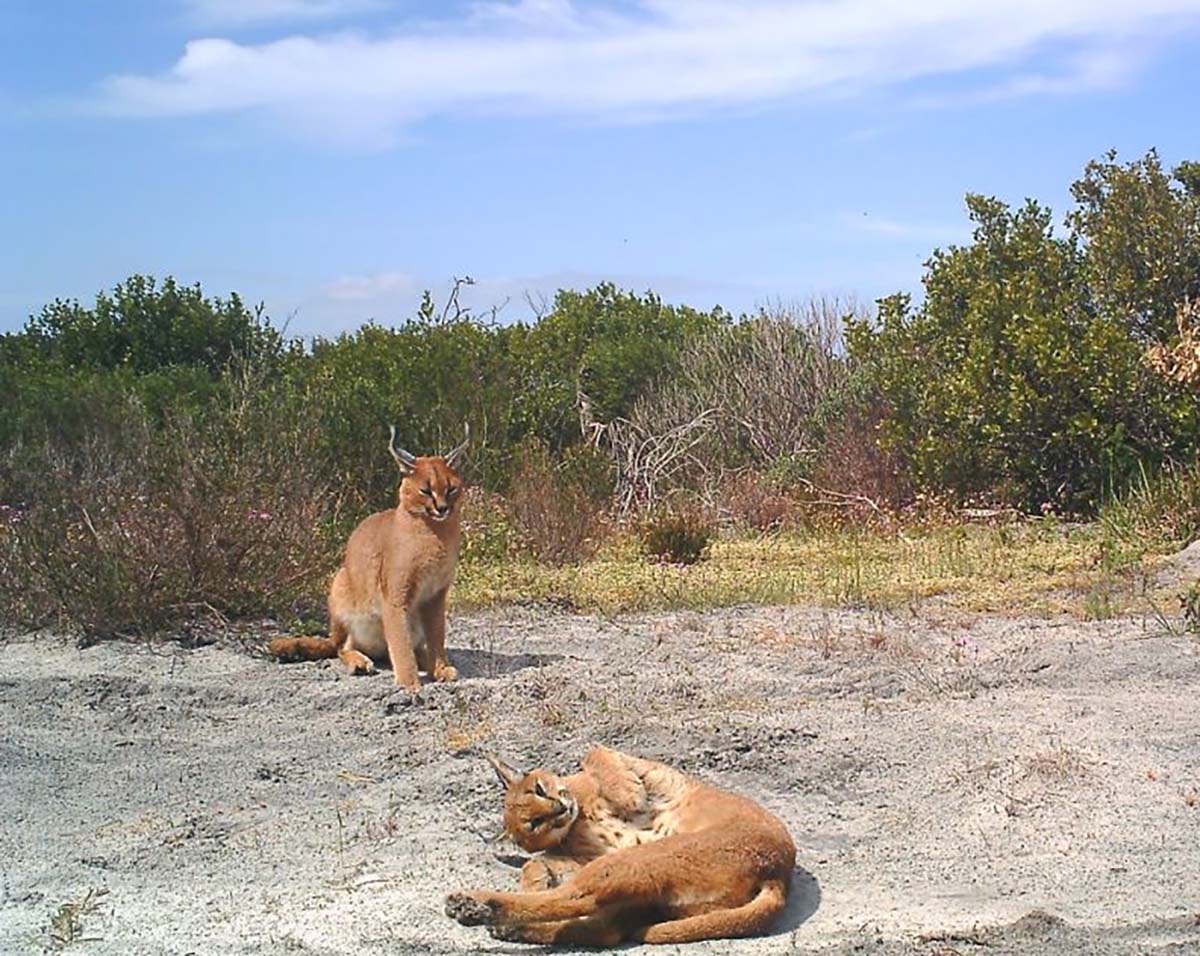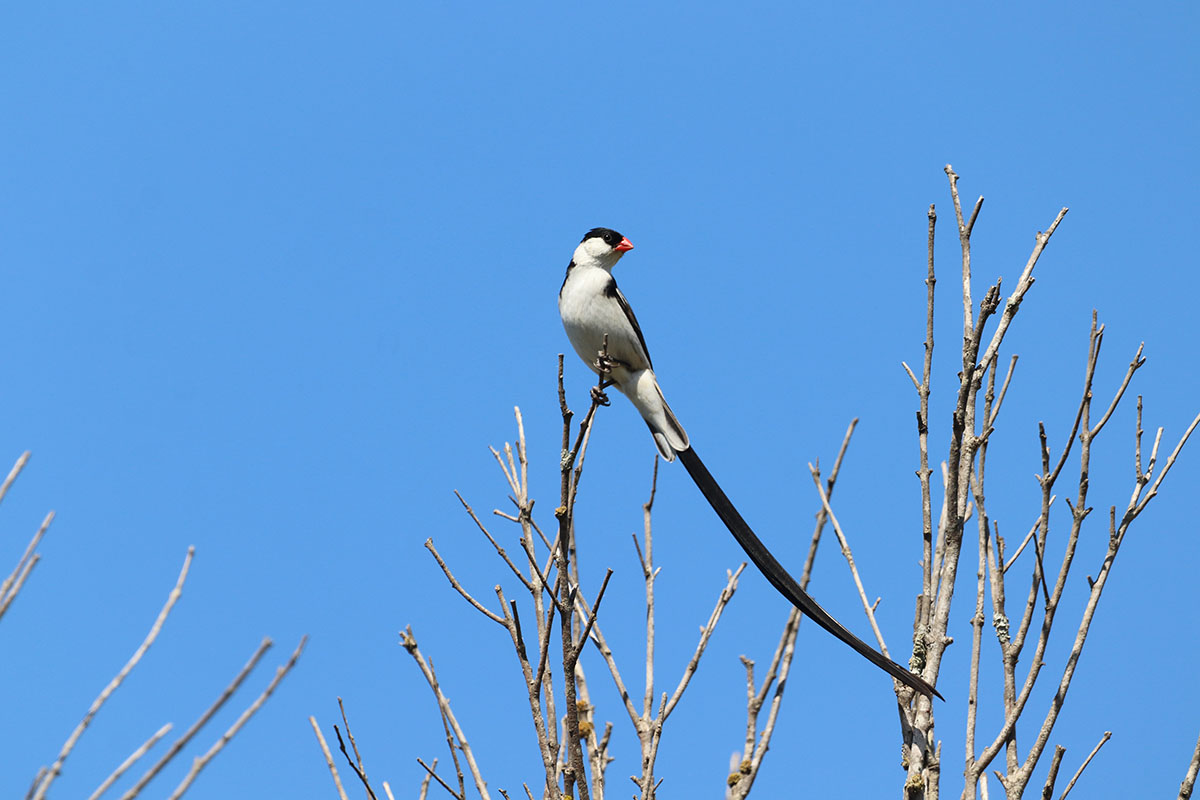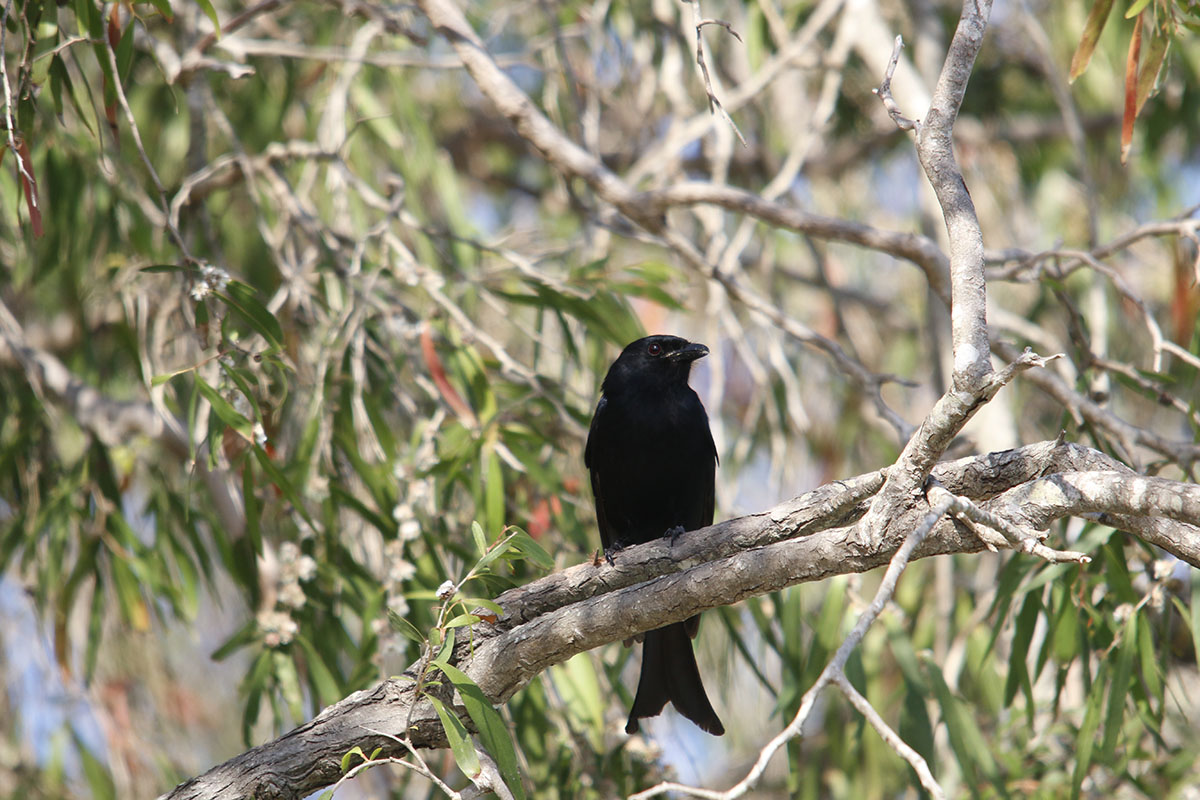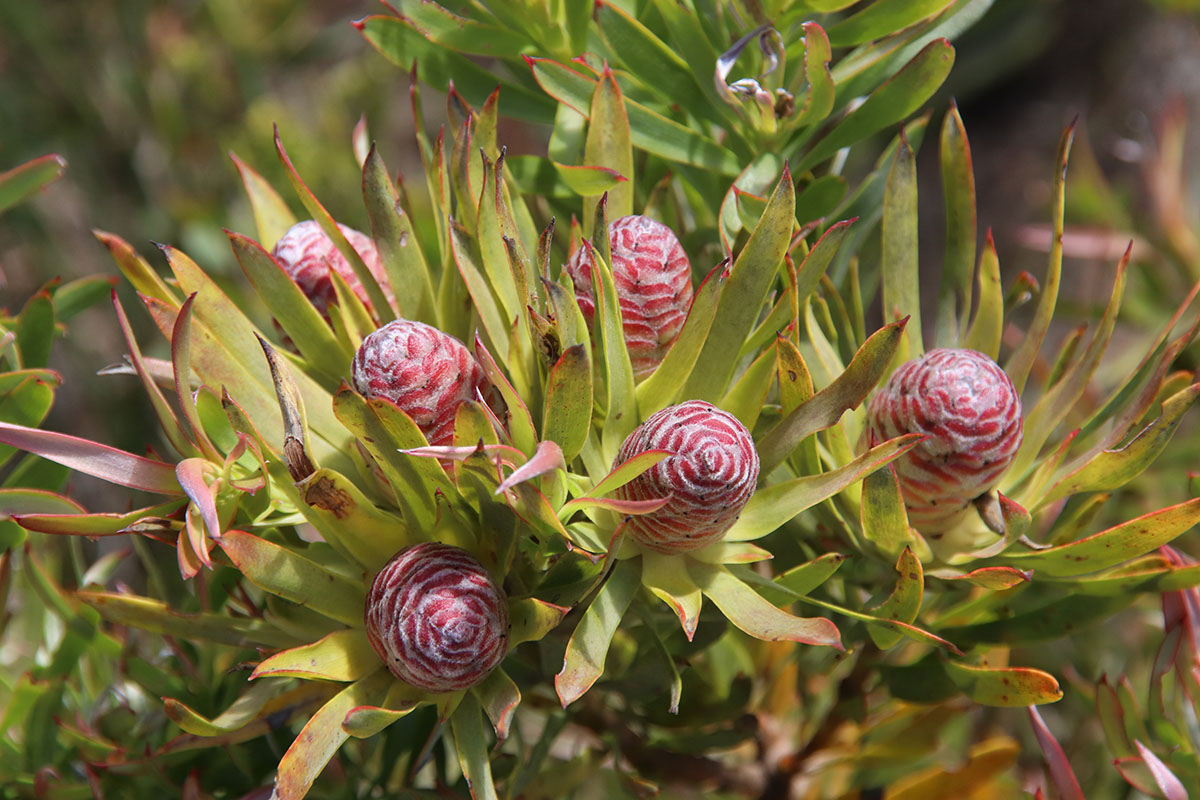THINGS TO DO
Guests are invited to enjoy the wide spaces and vistas of the property, explore the diverse fynbos plants and discover a wide variety of bird species (click here for the list of different types of birds sighted on the estate).
A short network of walking trails around the dam and through the fynbos landscape is open to all guests, including their dogs (on a leash). The property is home to a number of wild animals, such as buck, porcupine and caracal. A viewing deck in the fynbos affords sweeping views of the area and provides a lovely picnic spot.
Fynbos
One of the main attractions of the property is its fynbos or indigenous vegetation. Fynbos is the popular name for the shrub-like vegetation found at the southern tip of Africa.
This region, which is also known as The Cape Floristic Region boasts a rich diversity of plant species, many of which are found nowhere else in the world. Fynbos is characterized by four main plant species: colourful proteas, bell-shaped ericas, reed-like restios and geophytes (plants with bulbs, tubers or corms).
Most plants flower in winter and spring (June to November), but there is something to see at every time of the year. At Klein Paradijs, considerable efforts have been made to clear the land of invasive foreign plants, and follow-up clearing is done on a regular basis. A part of the property is registered as a Voluntary Conservation Site with Cape Nature.
The Overberg
The Overberg region of the Western Cape is known for its rolling hills, patchwork-like farmlands and the rugged coastline with its pristine beaches. The name Overberg refers to the days when this part of the country was difficult to access “over the mountains”.
Today, the Overberg is easy to reach by car on the N 2, R 43 or the R 44 (coastal road). The visitor will find picturesque farming towns, quaint hamlets and fishing villages, buzzing coastal resorts and interesting nature reserves. The area is also well-known for its world-class wineries, colourful country markets and popular wedding venues.
Nearby
Pearly Beach is a popular destination for Capetonians on weekends and holidays. Its attractions are the unspoilt beaches (Castle Beach has earned Blue Flag status) good angling spots and dark night skies for stellar stargazing. The village is an urban Conservancy, promoting environmental consciousness and sustainability among its residents. A group of conservation-minded individuals maintains a small fynbos park and exhibits flowering plant specimens at the local Herbarium. The village has several casual eateries and two shops that stock essentials.
The quaint hamlet of Baardskeerdersbos, literally meaning “beard shaver’s bush”, is thought to have obtained its name from a ten-legged spider-like creature called a solifuge, which has mandibles that look like the clippers used for shaving in the olden days. The hamlet has several restaurants, a general store and a historic church which is very popular for farm weddings. It also has a vibrant community of artists and crafts people and it hosts a lively country market once a month. Several wineries have established themselves in the area.
The Uilenkraalsmond lagoon is well-known for its shallow water providing safe swimming conditions, its bait collection sites and abundance of water birds. The entrance to a section of the Walker Bay Nature reserve is located nearby.
Further afield
The scenic coastline between the two holiday villages of Franskraal and Kleinbaai is dotted with unspoilt beaches and rocky promontories.
A small museum on the water’s edge at Franskraal documents the history of this coast. The name of the small holiday village of Kleinbaai is known the world over, as it is the harbour from which the shark viewing boats launch.
Boat trips to see Dyer Island, which is home to a large flock of African penguins and Geyser Island with the largest colony of breeding seals in South Africa, also start from this harbour. The African Penguin and Seabird Sanctuary located on the road to Gansbaai is well worth a visit. In addition, Kleinbaai has a well-maintained 9-hole golf course.
The Danger Point lighthouse near Kleinbaai marks the spot where the HMT Birkenhead ran aground in 1852. This historic shipwreck will always be remembered for the gentlemanly gesture of the soldier passengers, allowing “women and children to go first” and board the lifeboats.
Gansbaai (Goose Bay) is thought to be named after a colony of Egyptian geese that lived by a fresh water fountain in the old harbour. Gansbaai has it origins in a fishing village and to this day the fishing industry plays an important part as does abalone farming.
Today, Gansbaai also has a thriving tourism industry and as a result, has become a bustling town with all the modern conveniences. The 7-km Klipgat Hiking Trail meanders along the coast from Gansbaai to De Kelders and Die Plaat in Walker Bay Nature Reserve.
The adjoining suburb of De Kelders is known for a cave (not open to the public) with a natural fresh water pool which was discovered four years before the Cango caves in 1776 and called the Drupkelder. Excavations at another cave called Klipgat have revealed archaeological deposits left by people from the Middle and Later Stone Age.
From June to November the cliffs at De Kelders afford spectacular views of Southern Right whales (Eubalaena Australis) which come to the protected bays of the coastline to mate and calve. In summer they return to Antarctic waters.
Other good whale watching spots are Pearly Beach, Hermanus and De Hoop Nature Reserve.
Stanford is a small farming village on the Klein River. It takes its name from Sir Robert Stanford, who bought the farm on the site where today’s village is situated in 1838.
Stanford’s irrigation channels, the well-preserved historic buildings and its grassy common all lend the village its old-world character. Stanford has some lovely restaurants and shops. The Klein River is an excellent place for bird watching. Boat trips are offered on the lagoon. A microbrewery and several wineries are located outside Stanford and are well worth a visit.
Hermanus, also known as the Riviera of the South, was discovered by a teacher and shepherd named Hermanus Pieters in the early 1800s.
Soon Hermanuspietersfontein became a popular place for inland farmers to spend the summer months. Fishermen also came to settle in the area. By the early 1900s the village, which was then known as Hermanus, became a popular destination for convalescents from overseas.
Since then Hermanus has become an all-year destination for travellers. It offers a myriad of restaurants and shops for all tastes and budgets as well as beautiful beaches, a premier golf course, an extensive nature reserve (Fernkloof) and outstanding land-based whale watching from June to November.
Several world-renowned vineyards are located on the outskirts of Hermanus in the Hemel-en-Aarde Valley.
The picturesque town of Napier is the home of a thriving farming community. The town has a number of specialized small museums, several farm stalls and antique dealers.
Bredasdorp is a sizeable farming town with all the urban conveniences. It is the home of the shipwreck museum which contains objects found from shipwrecks along the Overberg coastline, also called “the graveyard of ships”, over the years and tells the stories of these tragic incidents. The candle factory selling hand-crafted gifts has also become a popular destination for visitors.
Arniston is named after a ship that was wrecked off the coast in 1815. The village also goes by the name of Waenhuiskrans because of its tidal cave in which an ox wagon and span of oxen are said to be able to turn around. The cave can be accessed at low tide. The 200-year-old Kassiesbaai fishing village with its traditional whitewashed and thatched cottages is a national monument.
Cape Agulhas is the name of the southernmost tip of Africa. It is also the place where the Indian and Atlantic Oceans meet. The southernmost tip is marked by a small monument depicting the ship in which Bartholomeu Dias, the discoverer of the Cape of Good Hope, rounded this point.
There are many rock pools to explore with all kinds of intriguing marine life. The working lighthouse was built in the style of the Pharos of Alexandria. It is open to the public and houses the lighthouse museum. The Agulhas National Park, which was proclaimed in 1999, maintains several hiking trails inside and outside the reserve.
Elim, founded by Moravian (German) missionaries in 1824, is well-known for its skilled thatchers and its flower export industry. The Moravian church is a national monument and the clock tower houses one of the oldest clocks in South Africa. Elim is the home of the only monument in South Africa commemorating the freeing of the slaves in 1838.
Many freed slaves subsequently settled in Elim and other mission stations in the Cape. Today, the Elim area is the southernmost wine producing region in the country. Several wineries are open for wine tasting.
